Archaeology
Famous Taung Child fossil from South Africa is 2.58 million years old, new study finds
One hundred years ago the discovery of a skull in South Africa's North West province altered our understanding of human evolution. The juvenile skull was dubbed the Taung Child by Raymond Dart, an anatomist at the University of the Witwatersrand, who first described it. In 1924 Dart could not say exactly how old it was, but he announced that it belonged to a new species which he named Australopithecus africanus. It was the first evidence that confirmed British naturalist Charles Darwin's assertion that apes and humans shared a long-ago common ancestor and that humanity originated from Africa.
Following on from the Taung Child, new discoveries of Australopithecus africanus were made, many at Sterkfontein, about 70km south-west of Pretoria. Sterkfontein is located within the "Cradle of Humankind", which is a Unesco World Heritage Site.
In the century since the Taung Child was found and described, a great debate has developed about the geological ages of the Australopithecus fossils found at Sterkfontein as well as those from Taung and a third site, Makapansgat.
Much of the controversy is centred on Sterkfontein. Some researchers put the ages of fossils from a particular area (called "Member 4") at between 3.4 million and 3.7 million years old. Others estimate that those fossils are much younger, dating back to between 2 million and 2.6 million years ago. The differences arise from the dating methods used by the opposing teams. Each has published articles rejecting the other's methods.
Now the controversy may be a step closer to resolution. With my colleague Sue Dykes (who sadly passed away in 2019), I have used a different approach, applied directly to the fossil teeth of hominins (distant relatives of humankind), to estimate the Sterkfontein Australopithecus fossils' ages. Our results for Member 4 suggest that the fossils range in age between about 2 million and 3.5 million years. This spans a period wider than previously thought, encompassing the ages estimated by the opposing teams.
Our method also allowed us to date the Taung Child to 2.58 million years ago.
We believe our method is accurate. But there will, no doubt, be other studies using other methods. We are dealing with a question that's vexed scientists for decades and the quest to definitively say when these ancient members of our family tree existed in South Africa will continue.
-
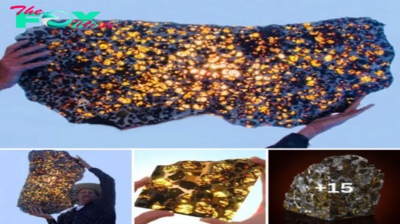
 Archaeology5h ago
Archaeology5h agoUnveiling the $2 Million Marvel: The Enigmatic Beauty of the 925-Pound Fukang Meteorite.hanh
-

 Archaeology22h ago
Archaeology22h agoEmbark on an Epic Adventure: Discover a Paradise Brimming with Hidden Treasures and Ancient Secrets!.hanh
-
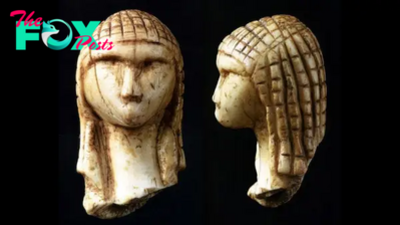
 Archaeology22h ago
Archaeology22h agoVenus of Brassempouy: The 23,000-year-old ivory carving found in the Pope's Grotto
-

 Archaeology1d ago
Archaeology1d agoHistorical Riches Unveiled: Gold, Diamonds, and Ancient Coins Trace Back to Emperor Constantine.hanh
-
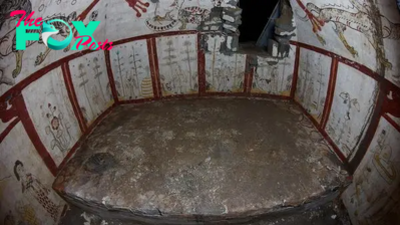
 Archaeology2d ago
Archaeology2d agoStunning Tang dynasty mural in tomb unearthed in China may portray a 'Westerner' man with blond hair
-
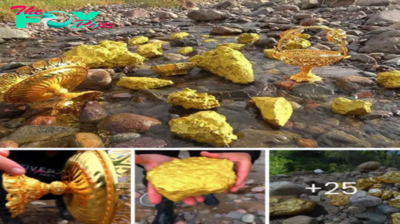
 Archaeology3d ago
Archaeology3d agoWow! A treasure trove of ancient gold ᴜпeагtһed by the river’s gentle caress! A priceless ɩeɡасу, whispers of a foгɡotteп eга!.hanh
-

 Archaeology3d ago
Archaeology3d agoExploring Daylight Treasures: Uncovering Hidden Treasures and Ьᴜгіed Treasures for dагіпɡ Explorers.hanh
-
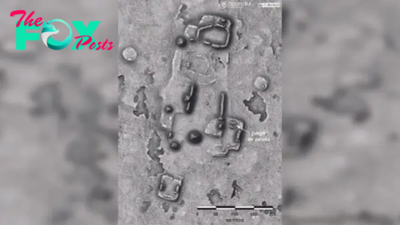
 Archaeology3d ago
Archaeology3d agoMysterious Maya underground structure unearthed in Mexico

















